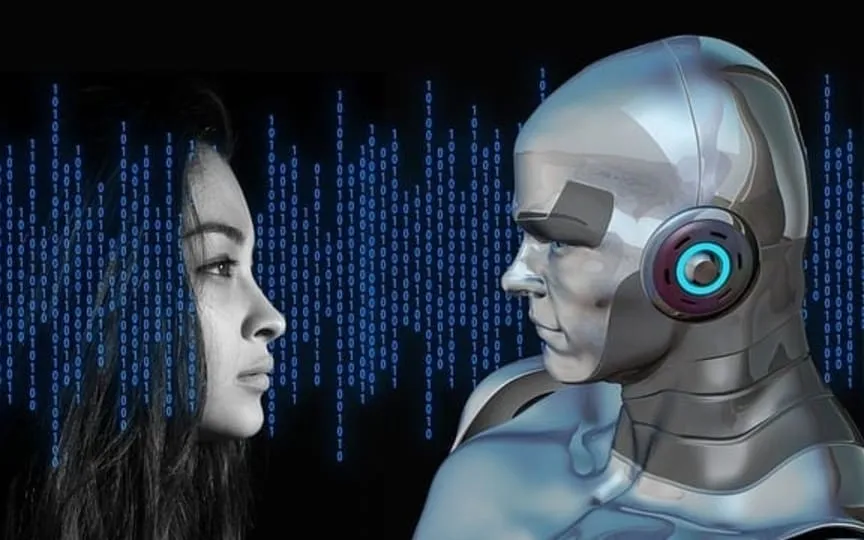AI Poses Threat to Hollywood Stunt Professionals
Many stunt performers are already living in the dystopian reality of artificial intelligence taking over their jobs, causing fear among Hollywood’s striking actors.
From “Game of Thrones” to the latest Marvel superhero movies, cost-cutting studios have long used computer-generated background characters to reduce the number of actors needed for fight scenes.
The rise of artificial intelligence now means that cheaper and more efficient techniques are being explored to create highly complex action sequences like car chases and shootouts – without those pesky (and expensive) humans.
Stunt work, a time-honored Hollywood tradition that has stretched from silent epics to Tom Cruise’s latest “Mission Impossible” movie, is in danger of shrinking fast.
“Technology is getting exponentially faster and better,” said Freddy Bouciegues, stunt coordinator for films such as “Free Guy” and “Terminator: Dark Fate.”
“Now is a really scary time.”
Studios are already requiring stunt and background performers to participate in high-tech 3D body scans on set, often without explaining how or when the images will be used.
Advances in artificial intelligence mean that these likenesses can be used to create detailed, eerily realistic “digital replicas” that can perform any action or speak any dialogue their creators want.
Bouciegues fears that producers could use these virtual avatars to replace “non-professional” stunt performers – such as those who portray pedestrians who jump out of the way of car crashes.
“There could be a world where they said, ‘No, we don’t want to bring in these ten guys… we’ll add them later through effects and AI. Now those guys are out of a job.”
But according to director Neill Blomkamp, whose new film “Gran Turismo” hits theaters Aug. 25, even that scenario is just scratching the surface.
The role of artificial intelligence in creating images from scratch is “difficult to calculate,” he told AFP.
“Gran Turismo” primarily uses stunt performers driving real cars on real racetracks, topped with computer-generated effects for one particularly complex and dangerous scene.
But Blomkamp predicts that in as little as six to 12 months, the AI will reach a point where it can produce photorealistic footage, such as high-speed crashes, based solely on instructions from the director.
At that point, “you take all your CG (computer graphics) and VFX (visual effects) and throw them out the window, and you get rid of the stunts and you get rid of the cameras and you don’t go to the racetrack,” he told AFP.
“It’s so different.”
The human element
The lack of assurances about the future use of artificial intelligence is one of the main factors at stake in the Screen Actors Guild (SAG-AFTRA) and Hollywood writers strike, which has been on the picket lines for 100 days.
SAG-AFTRA warned last month that studios plan to create lifelike digital replicas of performers to spend “the rest of eternity on whatever project they want” — all to make up for one day of work.
The studios deny this and say they have provided policies including informed consent and compensation.
In addition to the potential consequences of thousands of lost jobs, Bouciegues warns that no matter how good the technology has become, “audiences can still tell” when computer-generated VFX pull the wool over their eyes.
Even if AI could perfectly replicate a fight, explosion or crash, it cannot displace the human element vital to a successful action movie, he said, referring to Cruise’s recent “Top Gun” and “Mission Impossible” sequels.
“He uses real stunt people and does real stunts, and you can see it on screen. I feel like it subconsciously affects the viewer,” says Boutique.
Current AI technology still gives “slightly unpredictable results,” admitted Blomkamp, who started his career in VFX and directed the Oscar-nominated “District 9.”
“But it will… It will fundamentally change society, not to mention Hollywood. The world will be different.”
For stunt workers like Bouciegues, the best outcome now is to combine the use of human performers with VFX and artificial intelligence to create sequences that would be too dangerous with old-fashioned techniques alone.
“I don’t think this job will ever stop,” said Bouciegues of the stunt work. “It’s just definitely going to be smaller and more precise.”
But that too is a shocking reality for the stunt performers who are currently standing in lines outside Hollywood studios.
“Every stunt guy is an alpha male type, and everybody wants to say, ‘Oh, we’re good,'” Bouciegues said.
“But I’ve personally spoken to a lot of people who are confused and nervous.”




